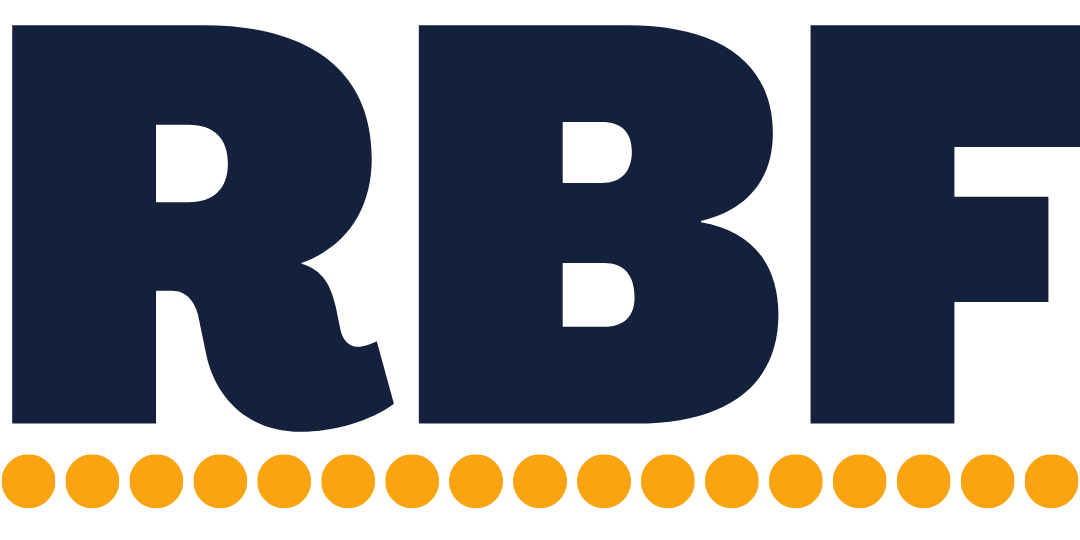An intentional, targeted mini-budget is better than a half-assed full-business budget
Budgets play a vital role in big businesses and startups. They keep everyone on the same page in those hectic or unwieldy environments where there isn’t one point person (like the owner, a controller, CFO, or director of operations) calling all the shots and approving all the spending. Specifically, in big businesses, they help leadership and upper management allocate and effectively use funds across the company, and in startups, they set strict guidelines so the business doesn’t accidentally run out of working capital. Then, at the end of the following year, the management team can calculate variances to review how accurate their projections and assumptions were.
But, small businesses don’t suffer from those problems. There’s typically a point person approving spending (who’s probably only checking the bank balance before spending and wouldn’t check the budget anyway), there aren’t multiple large departments with poor internal communication, and they’re operating off their own revenues. Budgets aren’t as necessary to run a healthy small business. They’re a ‘nice-to-have’ and not a ‘need-to-have.’ And, if you aren’t gonna stick to a full budget, regularly review it, or learn from it, you’d be better off intentionally targeting one, single problem area. Targeting one area is more manageable, easier to stick to, and can teach you a lot about intentional spending and healthy financial habits.
Finding a problem to budget:
Before creating a targeted budget you need, well, a target to budget for. If there’s already a glaring problem in your business that needs to be fixed, that’s your target. If there isn’t a glaring problem, it can be difficult to pick one issue because there’s so many moving pieces and everything is important. If you need help settling on one issue, try looking thru your short-term goals or your Profit & Loss.
The goals method: Goals don’t exist in a vacuum. Other things need to happen for you to reach them. In business, that frequently means you need to spend money. Take a look at your smaller, short-term goals and ask yourself “where do I need to spend (or not spend) money to make this happen?” Whichever expense needs to change to make your goal happen is your target.
The Profit & Loss method: There’s probably an expense on your P&L that’s out of whack. It’s hurting your profits and cash flow. Generate a P&L for the last year. Look for an expense that is too high and you aren’t getting the full value from. Or, on the flip side, look for an expense that’s too low and, by not spending more on it, you’re stifling your growth. That expense is your target and setting a budget will help you be more intentional about it.
Create a simple forecast:
You can’t just add 10% to a number and call it a budget. That’s a lazy guess and following a weaksauce budget like that boxes you into unrealistic expectations and does more harm than good. You need to really dig into the situation and figure out how much money you’ll need to reach your desired outcome. Ask yourself, “if a reasonable series of events occurred, how much money would I need for this expense?” And, this step might require a little bit of research if you’re spending on something new (for example, hiring your first employee, hiring an outsourced bookkeeping team, buying new software, opening a new office, etc).
Set informed targets based on your forecast:
Revenue and expenses don’t grow (or shrink) smoothly or linearly. There’s all sorts of ups, downs, and weird phases of growth. Once you have a simple forecast and know roughly how much you’ll be spending, think through how you’re going to spend the money. Figure out what you’re going to spend it on (for example, if you’re increasing marketing budget, are you buying tech, increasing ad spend, hiring freelancers, bringing an employee in-house, etc), when you’re going to spend it, whether you need to ease into the new expense (or frontload it at the beginning of the year), and if your cash flow can sustain the changes. You want to double-check that your simple forecast is reasonable in your business and make sure you aren’t setting yourself up for failure.
Stay on track :
Once you have a targeted budget, you need to stick to it. Every time you’re about to spend in that category, take a quick second and recap how much you’ve recently spent in that category. The best way to do that would be reviewing your regularly updated books (in QBO, Xero, or something else), but short of that you can also keep a rough mental tally or a note on your phone keeping track of your spending. On the flip side, if you’re trying to increase spending, keep a tally and force yourself to spend more on the items you need.
Check that account every time you review the P&L :
You should already spend 10-15min a month regularly reviewing your P&L to familiarize yourself with your business finances. Now, add an extra 5min per month to specifically review the expense you’re budgeting for. You don’t need to calculate the variance of the actual expense from the budget or do complicated math. Just take 5min to review if the actual expense was within 10-15% of what you budgeted for. Think about what went right and what threw you off track. Then, think about how you can improve on what went right and fix what went wrong going forward.
Action Item:
Generate a Profit & Loss and look for an expense that can be improved in the next year.
